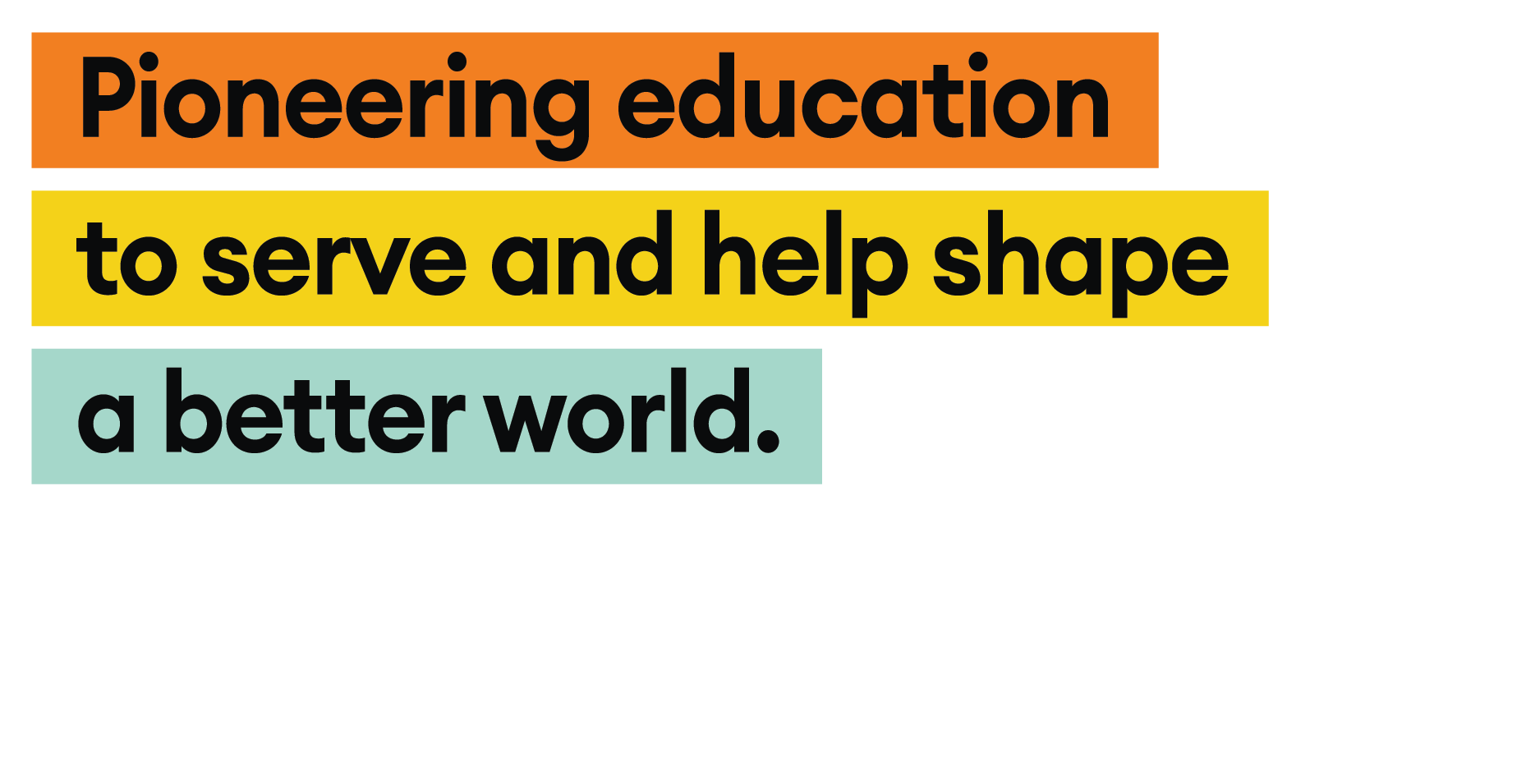A Closer Look at Our Fantastic Chinese Curriculum
Chinese education has remained a focus at Wellington College International Hangzhou in cultivating global citizens. From the very start of our establishment, we have placed a strong emphasis on building a robust Chinese curriculum. At Wellington College International Hangzhou, the Chinese language course holds equal importance to English, Science and Mathematics as a core subject within the school curriculum. All our pupils are expected to sit the IGCSE Chinese exam provided by the Cambridge Examination Board in Year 11 and the A-Level Chinese exam (option) in Year 13.
The IGCSE Chinese exam offers three pathways: First Language Chinese, Chinese as a Second Language and Mandarin Chinese (which can also be referred to as Chinese as a Foreign Language).
We offer these three courses continuously from Year 4 to Year 11, ensuring a consistent and uninterrupted Chinese language education for our pupils and their families.
Part.1
First Language Chinese
Unlike the traditional mindset, our aim of learning Chinese at Wellington exceeds the mere acquisition of characters, phrases and texts; rather, it is to embrace the world, which requires learning about our own culture and understanding other cultures.
For these pupils, we place a special emphasis on enhancing their literary skills and expressive abilities. Through reading classic literary works, writing essays and participating in literary discussions, we aim to develop pupils' literary appreciation and critical thinking skills. Regarding assessment content, we frequently utilise heuristic teaching methods to guide pupils in analysing the implicit characters in words, and understanding how to analyse, evaluate and apply them.
Part.2
Chinese as a Second Language
We strengthen pupils' listening, speaking, reading and writing skills comprehensively, with a particular focus on practical writing.
Part.3
Chinese as a Foreign Language
For pupils starting with no foundation in Chinese, we begin with pinyin and basic Chinese characters, gradually expanding to vocabulary and simple sentences. Using engaging teaching methods, we start from real-life scenarios to conduct interactive exercises, helping pupils use Chinese more naturally in communication and develop a love for learning Chinese in a relaxed and enjoyable atmosphere.
Teaching Chinese involves group collaboration, differentiated instruction, scaffolding support and addressing diverse pupil levels within classes. Problem-based teaching and timely, effective feedback provide challenging learning experiences for each pupil, which is a critical component of our Chinese teaching approach.
IGCSE Chinese Examination
As stated above, the IGCSE Chinese exam comprises three subjects, each with varying exam content and durations.
First Language Chinese: The examination consists of two papers focusing on pupils' abilities in reading analysis, guided writing and creative writing in four genres: narrative, descriptive, argumentative and discursive essay. Reading comprehension includes modern literature as well as classical Chinese literature.
Chinese as a Second Language: This exam is divided into three parts: reading and writing, listening, and speaking. Reading and writing account for 60%, while listening and speaking each account for 20%. This distribution shows a greater emphasis on assessing pupils' reading and writing abilities.
Mandarin Chinese: The examination consists of four papers, targeting listening, speaking, reading and writing skills. Each paper accounts for 25%, providing a balanced assessment and primarily developing pupils' language skills in authentic contexts.
IGCSE Chinese Assessment at school
Our typical approach is to inform pupils of the assessment format at the beginning of a unit, such as oral, written, individual, or group tasks. This helps pupils understand their strengths and weaknesses, identify areas to challenge themselves, and recognise where they might need additional teacher support, encapsulated in the ancient saying "Know yourself and know others."
Notably, regardless of the chosen course, we emphasise public speaking skills, collaborative communication, critical thinking and leadership abilities. These are essential competencies in modern holistic education and have a lifelong impact on our pupils.
Teaching Methods
Interactive Teaching
In the classroom, we encourage pupils to learn Chinese through discussions, role-plays and group activities. This method not only enhances their language expression but also boosts their confidence and teamwork skills.
Teaching Methods
Group Activities
We design various tasks requiring pupils to collaborate, such as themed debates, planning and executing small projects, and organising role-plays. These activities improve critical thinking, enabling pupils to analyse problems from different perspectives while nurturing leadership and organisational skills. Additionally, public speaking and presentations within the group and class practice pupils' speaking and communication abilities.
Teaching Methods
Multimedia Assistance
Utilising modern teaching tools like smartboards, educational apps and online resources, we enhance the learning experience. The use of multimedia not only makes the classroom livlier but also helps pupils better understand and memorise complex language concepts.
Teaching Methods
Individualised Tutoring
We monitor each pupil's progress and characteristics, providing personalised learning plans and tutoring. Through regular feedback and one-on-one guidance, we ensure that every pupil makes steady progress and achieves optimal learning outcomes.
Related Articles


_1765959575834.png?x-oss-process=image/interlace,1/resize,m_lfit,w_1200/quality,q_90/format,webp)















